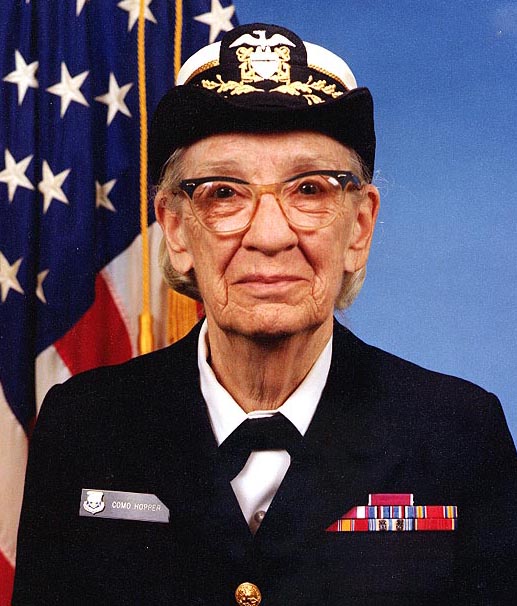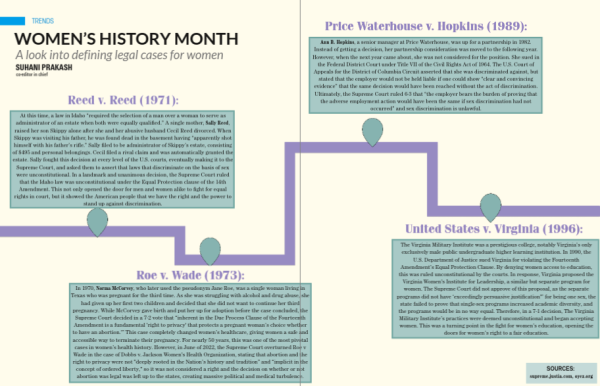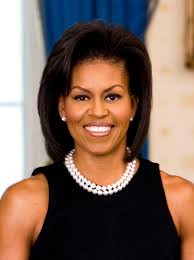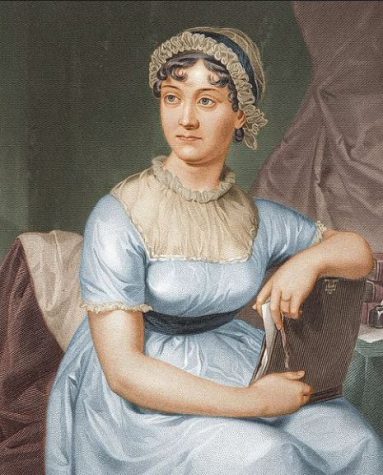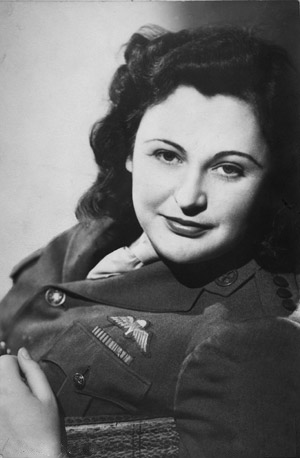Grace Hopper
MAKING THE PATH. Grace Hopper was a large contributor to the fields of math and physics as well as the naval reserve. Her work paved the way for future generations of women to work in these fields as well as paving the way for the technology we enjoy today.
Grace Hopper is known for her aid and accomplishments in programming the first computers. After beginning her education at Vassar College in 1928, Hopper received her Ph.D. in mathematics from Yale University in 1934. As the United States entered WWII, Hopper joined the Naval reserve in 1943 where she became a lieutenant while also working on Mark 1, the first large scale automatic calculator and precursor of the first computer. Mark 1 was used in secret during the war, completing tasks such as calculating rocket trajectories and calibrating minesweepers. Hopper left the army in 1946 and relocated to Philadelphia to help build the first electronic computer (ENIAC) and eventually the first commercial electronic computer (UNIVAC 1). She spent the next two decades developing computer languages based on English words as opposed to the traditionally used numbers and symbols. Hopper paved the way for women working in mathematics and programming fields at a time when it was crucial that women enter the workforce. In 2016, Hopper was awarded the presidential medal of freedom.
Sources:
Your donation will support the student journalists of Sycamore High School. Your contribution will allow us to purchase equipment and cover our annual website hosting costs.


